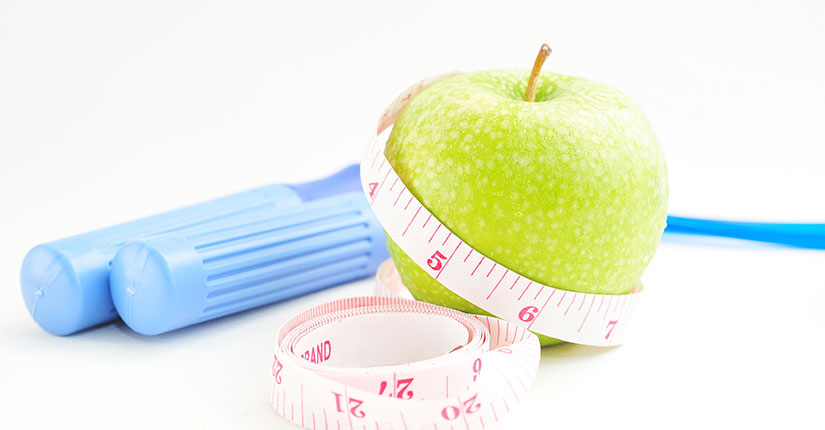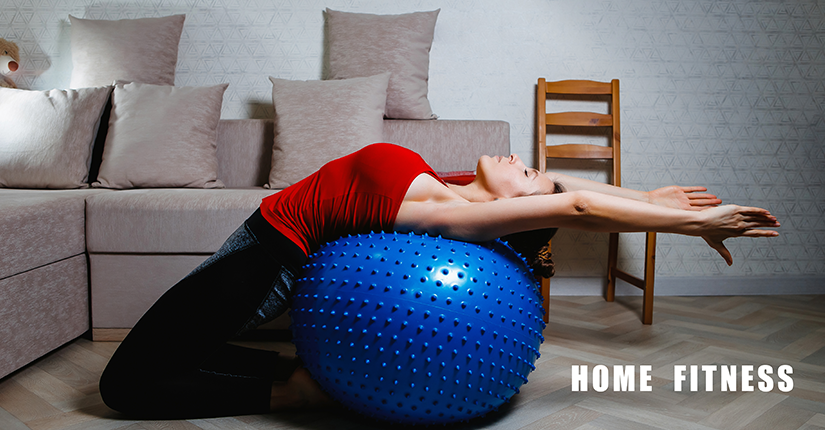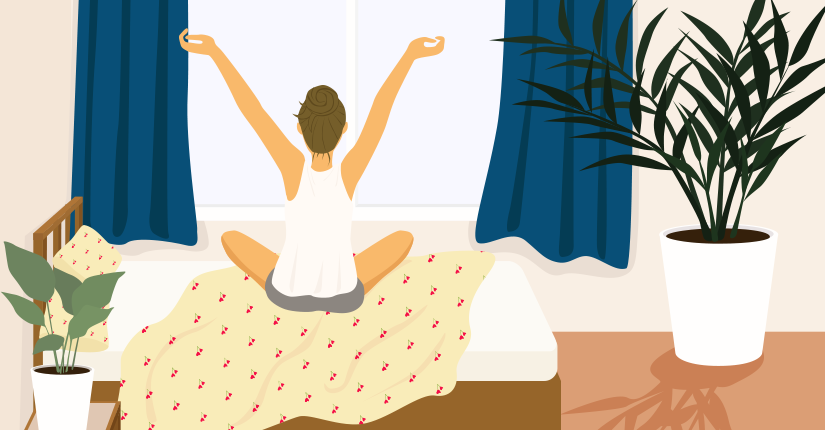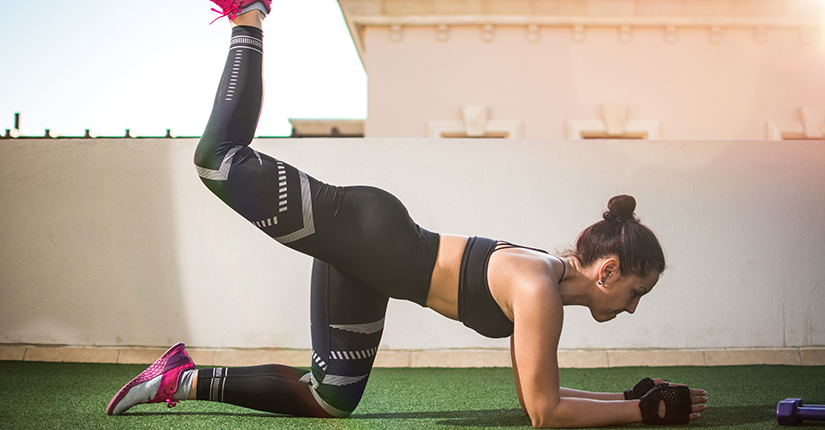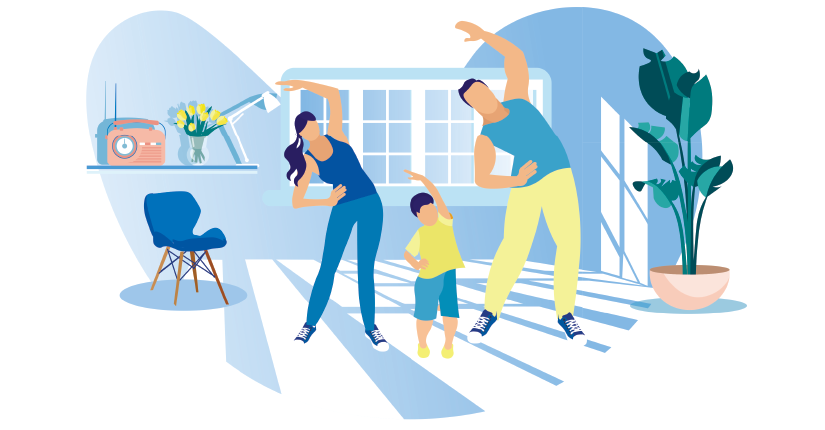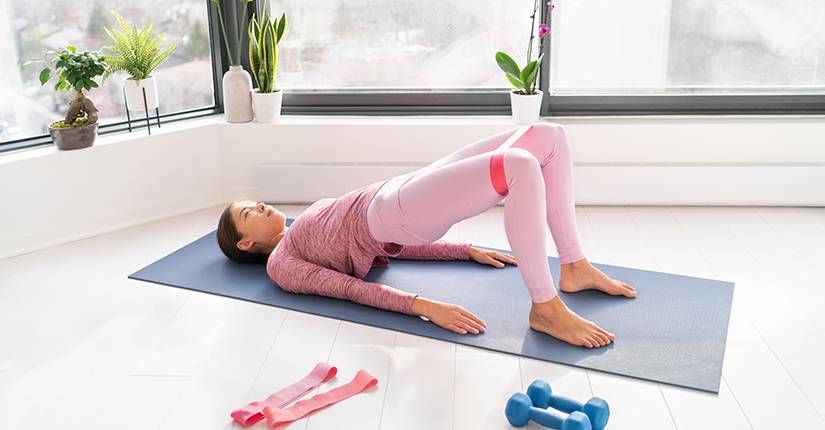Laughter Yoga for a Better Mood & Health- Try it Out!
By Nmami Life Editorial 26-Jul 2020 Reading Time: 6 Mins

Laughter yoga is a new addition to the ancient practice. It enhances happy hormones, but it also strengthens the immune system, reduces anxiety and stress.
Laughter yoga is a combination of unconditional laughter with yogic breathing — pranayama.
Laughter known to be more contagious than a cough or sneeze, laughter relaxes the whole body and triggers the release of endorphins, promoting an overall sense of well-being. When combined with yogic breathing, laughter truly becomes the best medicine, providing extensive health benefits.
How did it start?
In the mid-1990s, the Indian physician Madan Kataria developed laughter yoga based on the concept that voluntary laughter could provide the same health benefits as spontaneous laughter. Afterwards, it spread worldwide, sparking the creation of Laughter Yoga Clubs where people would gather to practice. Laughter is initiated through creative exercise, instead of using humor. Practitioners do not have to master any of the traditional yoga postures but they simply need to laugh. As of 2011, more than 65 countries were home to over 8,000 laughter clubs.
Sebastien Gendry, CEO of the American School of Laughter, puts it in the context of laughter wellness. “Laughter is the tool. Yoga is the end.” He adds, “It’s not about happiness but finding meaning through practice and understanding that how we feel is a choice.”
How to Practice Laughter Yoga?
Practice typically starts with some socializing and discussion about laughter.1 Next, the group will warm up with some stretching and breathing exercises. Then the laughter games start and usually the sessions end with silent meditation.
During this type of yoga, laughs should come from the diaphragm. Those full belly laughs provide the most benefits. In general there are four basic steps:
- Clapping and chanting
- Laughter yoga breathing
- Childlike playfulness
- Laughter yoga exercises
Each step has specific elements. For example, during childlike playfulness, practitioners lift their arms in the air, which helps lift their mood. It can also trigger happy memories or thoughts.
Purpose of Practicing Laughter Yoga
Laughing for a sustained period of time is key to reaping the health benefits of this type of yoga. Classes routinely help students laugh steadily for 15 to 20 minutes.
The results include increased oxygen intake and blood flow, improved blood vessel function, and lower blood pressure. This helps protect your heart, boosts energy, dissolves stress and allows you to gain focus.
Gendry, also the founder of Laughter Online University, describes the value of laughter yoga as a complement to low-impact cardiovascular exercise for seniors. It requires no special equipment or environment, and it’s universally available. Plus, it’s fun and can easily be practiced at home. As Gendry puts it, “In a sedentary age of sharply rising health care costs and mental health challenges, laughter yoga’s benefits and accessibility ought to gain more public attention.”
While laughter releases mood-boosting endorphins that can be a powerful antidote for depression, a condition that the World Health Organization (WHO) says affects 300 million people worldwide — and which in turn has broad health implications.
But we aren’t laughing very much these days. Children can laugh up to 400 times in a day, but for adults this frequency reduces to barely 15 times a day.
Children laugh more than adults because they do not place conditions on laughter. As we grow older, we set conditions that limit our laughter. We always look for reasons to laugh, but unfortunately, there are few situations that make us laugh genuinely.
Most people rely on four things to laugh:
- Level of happiness,
- Satisfaction,
- Sense of humor, and
- Reeason.
However, these factors are unreliable as it is unlikely that we will always be happy.
The best part is, studies have shown that your body does not know the difference between genuine and forced laughter, which means you can get all the health benefits of a belly laugh even if you’re faking it.
Over to you
The trick is to force ourselves to laugh — not just for the few seconds we chuckle after a joke, but for at least 10 to 15 minutes of laughter exercises with deep breathing and this can work wonders.
Happy laughing!

